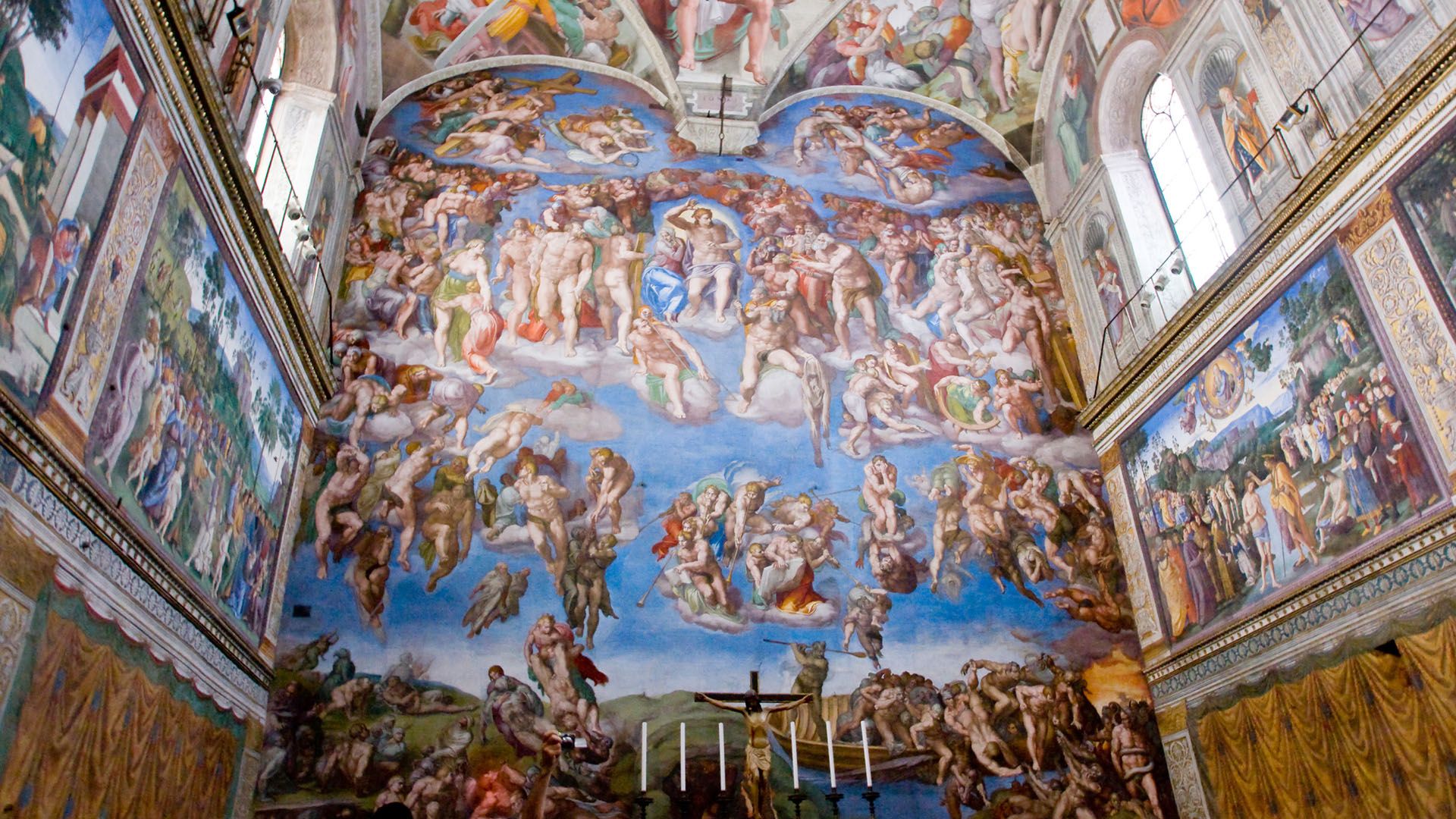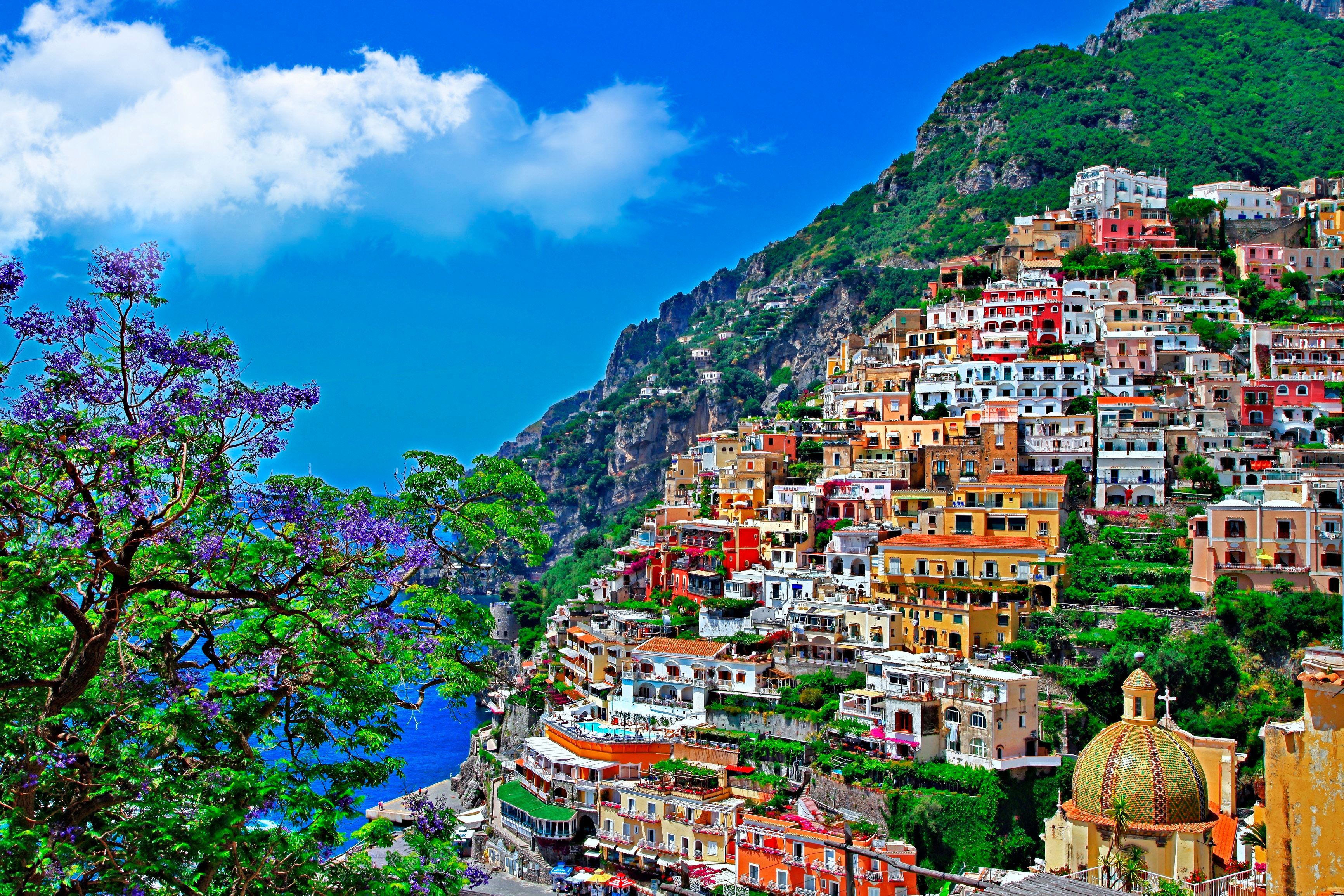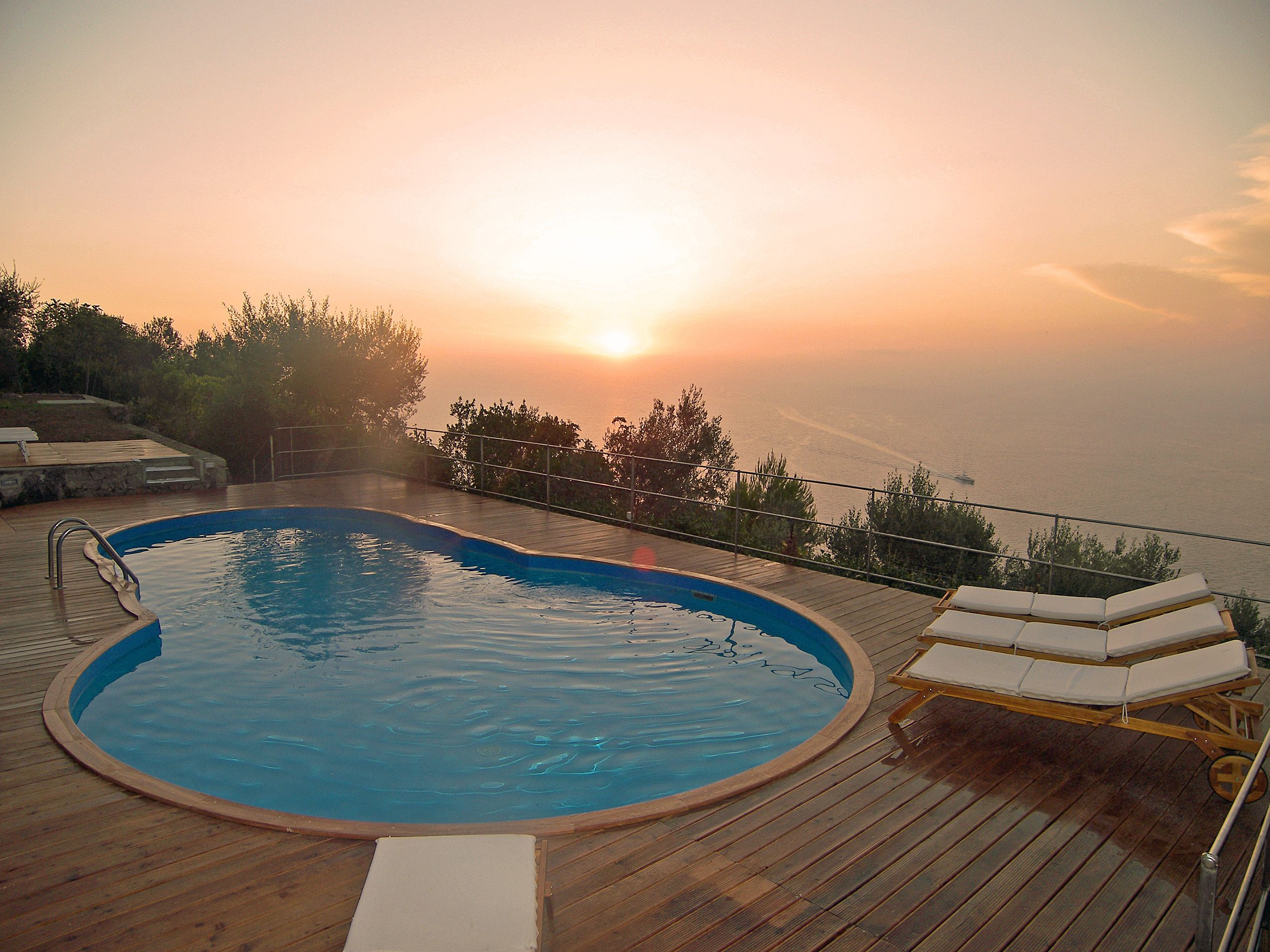Day 7: Bologna
Begin at the Quadrilatero, the old market district where vendors sell produce, cheeses, and cured meats beneath the arcades.
Piazza Maggiore is close by, and stepping inside Basilica di San Petronio gives you a look at its vast interior. If you haven’t already, climbing the Asinelli Tower is a worthwhile challenge.
Another option is to follow the Portico di San Luca, which stretches almost 2.5 miles (4 km) to a sanctuary overlooking the city. Evenings here are social, with wine bars and osterias pouring Lambrusco alongside local dishes.
Insider tip: Visit the Anatomical Theatre in the Archiginnasio Library, once used for medical teaching and now a striking example of Bologna’s university history.
Travel time: 45 minutes
The high-speed train from Bologna to Florence takes about 45 minutes, with frequent Frecciarossa and Frecciargento services.
Day 8: Florence
Florence is known for its Renaissance art and architecture. Piazza del Duomo is the focal point, with Brunelleschi’s dome above the cathedral, Giotto’s bell tower, and the Baptistry’s bronze doors called the Gates of Paradise.
The historic center is compact, so it’s easy to move between landmarks on foot. Food here centers around Tuscan classics such as ribollita or bistecca alla Fiorentina, often paired with local wine. In the evening, a walk along the Arno River takes you across bridges into the Oltrarno neighborhood, where the streets are quieter.
Insider tip: Reserve museum tickets online for places like the Uffizi or Accademia. It saves time and guarantees entry.




























